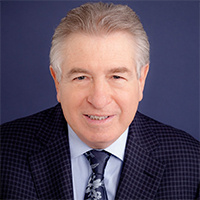Essex Misdemeanor Lawyer, California
Sponsored Law Firm
-
 x
x

Click For More Info:
-
The Law Office of Elliott N. Kanter
2445 5th Avenue Suite 350 San Diego, CA 92101» view mapAccident & Injury Law When Experience Matters Most
San Diego attorney Elliott Kanter has served criminal defense and personal injury clients for 40 years. Get compassionate legal service.
800-641-9290
Not enough matches for Essex Misdemeanor lawyer.
Below are all Essex lawyers.
J. Brian Campbell
Identity Theft, Felony, Traffic, Domestic Violence & Neglect
Status: In Good Standing
 Elliott N. Kanter San Diego, CA
Elliott N. Kanter San Diego, CA Practice AreasExpertise
Practice AreasExpertise
